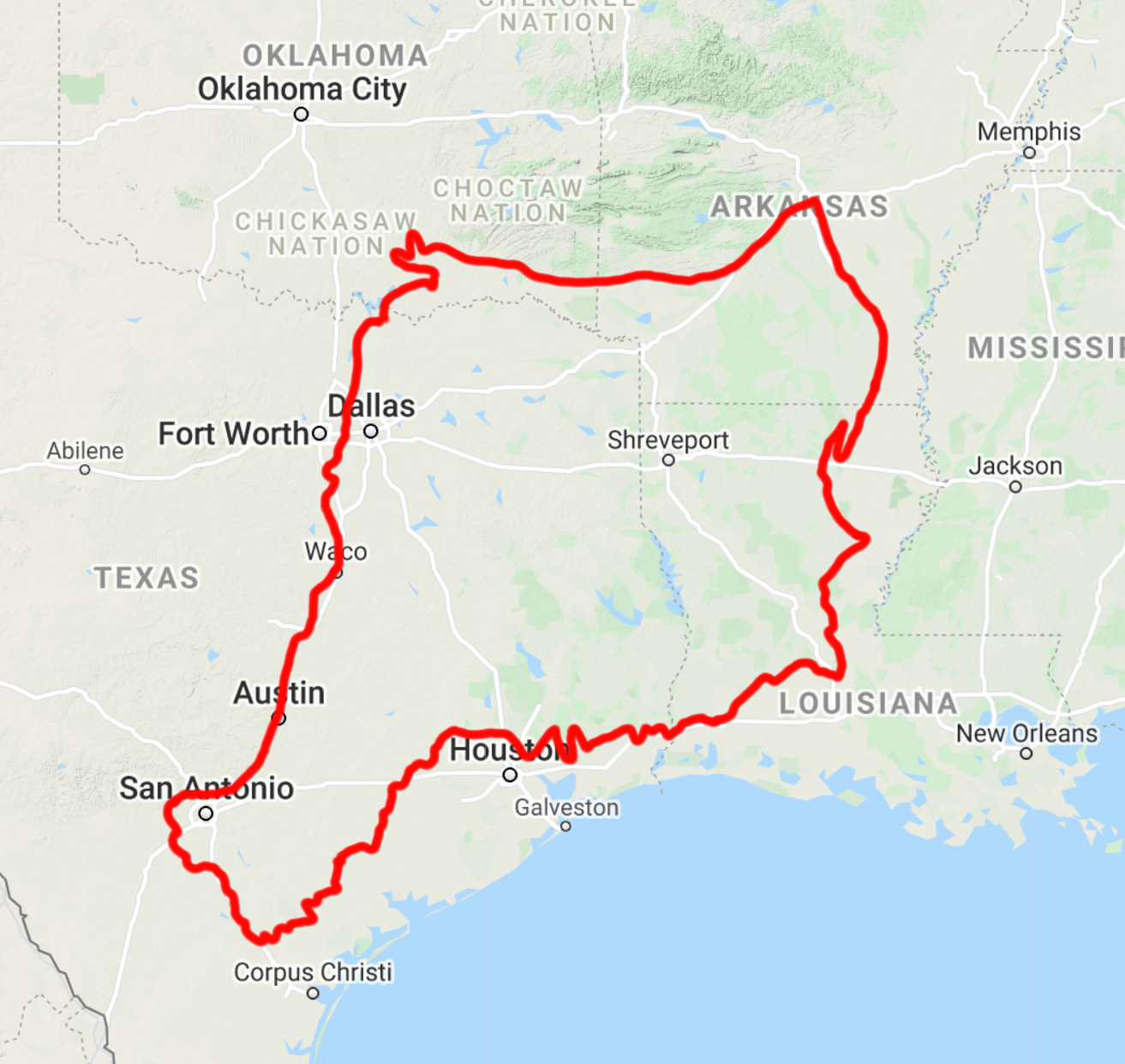Plains bison: the powerful American icon restoring the prairie
Our “Species of the Week” series highlights the flagship species of each of the 844 unique ecoregions contained within Earth’s bioregions.
In North America, stretching from southern Canada into Texas, spanning between the Mississippi River and the Rocky Mountains, lies an abundant landscape. The Great Plains contains an assortment of habitats including prairies, steppes, and grasslands. It is home to a variety of biodiversity, but one keystone species makes this ecosystem thrive. Plains bison are essential grazers and their reintroduction to Yellowstone National Park is an example of conservation success.
Surviving the last Ice Age, bison have been on this planet for over 2.6 million years. Global symbols of strength, they can weigh up to 907 kilograms (2,000 lb) and have a body length of 3.7 meters (12 ft). Their temperament is often unpredictable. Plains bison can appear peaceful and almost lackadaisical as they bask in the sun in a shallow depression called a bison wallow. The next minute, they can be on their hooves and in a fight with one another or an elk, using their large heads and horns as battering rams.

Plains bison are the flagship species of the Texas Blackland Prairies ecoregion, located in the bioregion of Southern Mixed Forests & Blackland Prairies (NA28).
Moving up to speeds of 56 kilometers per hour (35 mph), plains bison cover long distances to graze. They have specialized stomachs which give them the ability to ferment vegetation prior to digestion. It is with this movement and diet that the plains bison help the prairie flourish. As they forage, their weight and constant eating prune the grasslands. So much so, they lengthen the growing season.
These rich grasslands create habitats for other keystone species like black-tailed prairie dogs, which serve as food for predators and also help cultivate the plains. Birds use bison fur to line their nests which provides much-needed warmth as the climate here drastically varies. Droughts are also prone to this region and the bison wallows create pools of water that many animals use as their primary drinking source. Even in death, bison alter the ecosystem. Their carcasses are rich with digested seeds that eventually burst into patches of wildflowers and grasses which feed essential pollinators like birds and bees.
Historically, researchers estimate that 25-60 million bison roamed the Great Plains. Yet, in the 19th century, settlers and hunters nearly drove them to extinction. Yellowstone National Park housed the last population of wild bison, containing about two dozen individuals. Then a coalition of biologists and conservationists set about to recover the plains bison. Through breeding programs, the population grew to almost 5,000. The reintroduction of plains bison was so successful that their impact on the landscape could be seen from space.
Today, this effort is continued. The conservation organization, American Prairie, in partnership with Earthjustice, a non-profit environmental law group, wants to see thousands of bison once again roam free. Buying up private ranching land in Montana, their mission is to create a 3-million-acre nature reserve. Programs like these are being established throughout the United States in places such as South Dakota and Colorado. Bringing back the bison will not only help these habitats recover but will also increase their carbon storage capacity and therefore aid in mitigating our current climate crisis.
%20Waterton%20Lakes%20National%20Park%2C%20Alberta%20AdobeStock_34912613.jpeg?auto=compress%2Cformat&w=1200)

